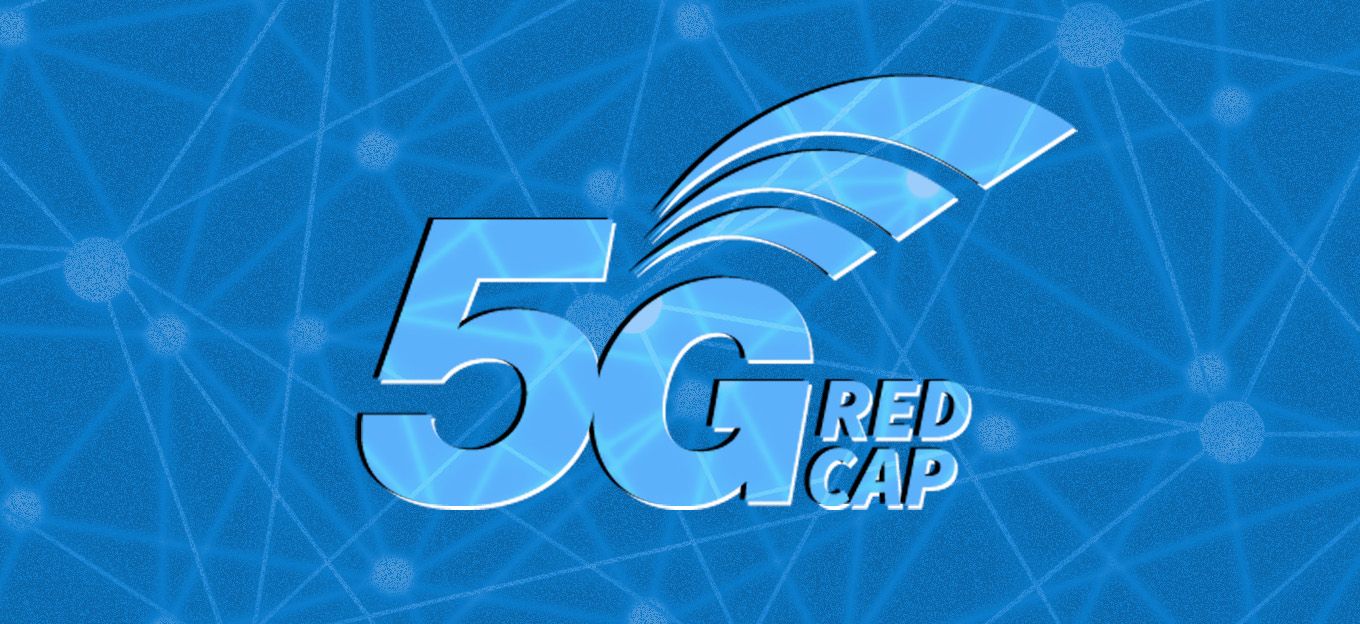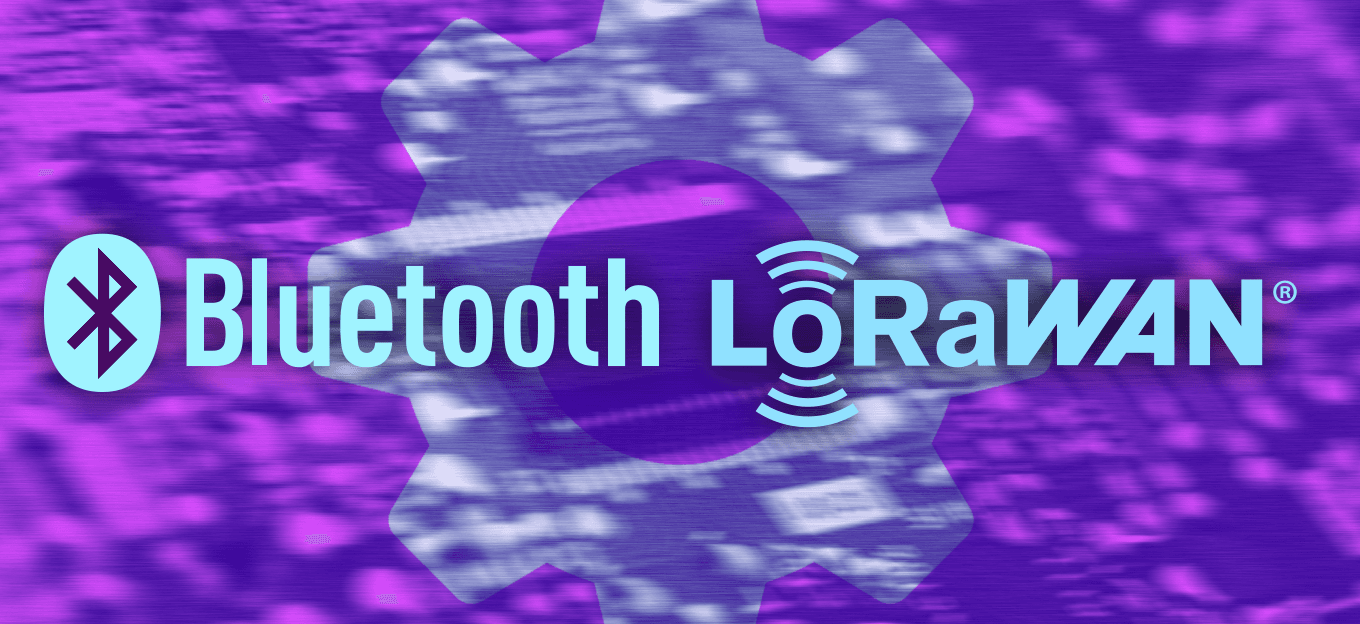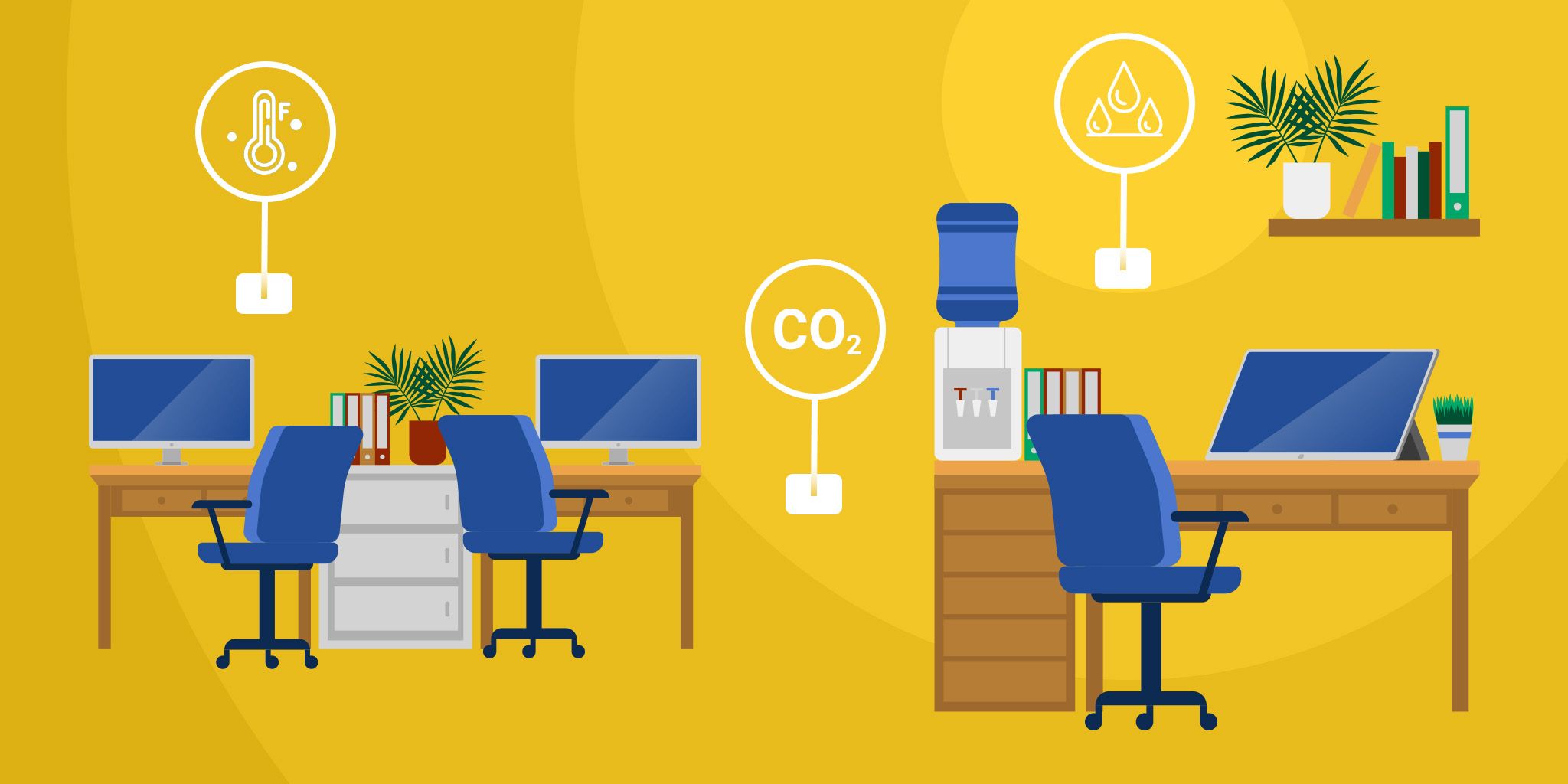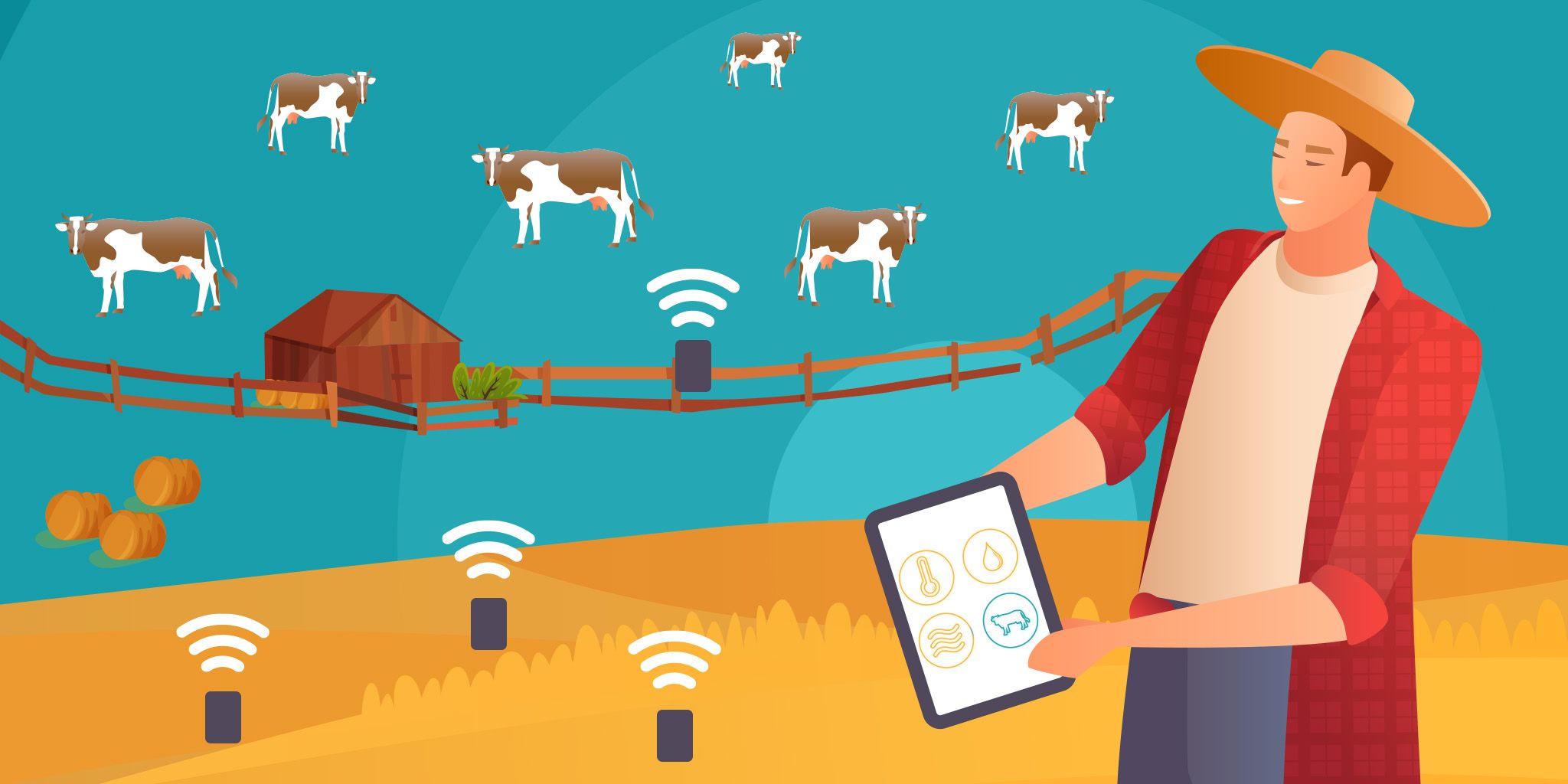From Concept to Launch: Building a Lean IoT Prototype Stack with No-Code & AI Tools
From Concept to Launch: Building a Lean IoT Prototype Stack with No-Code & AI Tools
- Last Updated: June 18, 2025
Ben Hartwig
- Last Updated: June 18, 2025



In the fast-evolving world of IoT, speed and adaptability often determine a product’s success. For startups and lean teams, building a functional prototype quickly can make the difference between securing funding and missing the market window.
Fortunately, a new generation of no-code platforms and AI tools is empowering developers and product leads to design, test, and iterate without the heavy burden of full-stack engineering teams.
This guide explores how lean IoT teams can go from idea to prototype using a stack of accessible, flexible, and cost-effective tools.
Why Speed Matters in IoT
IoT hardware and connectivity are complex by nature, but the market doesn’t wait. Teams that can rapidly prototype are better equipped to:
- Validate customer needs
- Attract early users or investors
- Identify design flaws before mass production
- Adapt to shifting technical constraints or regulatory changes
Step 1: Define the Core Use Case
Start by clearly identifying the problem your IoT product will solve. This means understanding the environment, users, and data flow. Is this a smart agriculture sensor? A wearable health tracker? A logistics asset tag?
Defining this upfront allows you to prioritize what features must be included in your MVP and which can be delayed or simulated in early prototypes.
Step 2: Choose Your Hardware Abstraction Layer
For teams without dedicated firmware engineers, platforms like Arduino, Particle, or Raspberry Pi provide affordable dev boards and libraries that abstract away lower-level coding.
Particle.io is great for cloud-connected sensors and offers built-in cellular and Wi-Fi modules.
Raspberry Pi offers more processing power, ideal for edge computing or vision-based applications.
Arduino works well for simple control or sensing tasks with tight energy constraints.
Step 3: Design UX with No-Code Frontends
The end-user experience is just as important as the sensor itself. Use no-code platforms like Figma, Framer, or Adalo to mock up dashboards, mobile apps, or control panels. These tools help:
- Test user flows without writing code
- Share clickable prototypes with stakeholders
- Iterate on UI quickly based on feedback
Step 4: Visual Asset Creation with AI Tools
Creating polished visuals is no longer limited to professional designers. Enhancing your prototypes with clean, professional images builds credibility and user trust. Lightweight AI-powered tools such as Picsart’s AI tools, Canva, or Remove.bg help startups:
- Quickly create product mockups for presentations
- Design onboarding assets or app visuals
- Enhance UI screens with consistent iconography and imagery
These tools eliminate distracting backgrounds and let the product visuals shine, especially useful when pitching to investors or launching a landing page.
Step 5: Integrate Cloud & Connectivity
Once the hardware and UX are sketched out, it’s time to stitch the data flow together. Tools like Blynk, ThingSpeak, or MQTT brokers can help link sensor data to a dashboard or mobile interface.
For secure, production-ready pipelines, consider:
- AWS IoT Core (scalable and secure, with robust integration options)
- Google Cloud IoT (ideal if your team already uses Firebase or GCP)
- Azure IoT Hub (enterprise-grade with strong Microsoft ecosystem support)
Step 6: Test, Iterate, Repeat
Once your initial prototype is built, gather user feedback quickly. What feels intuitive? What data matters most? What features are overkill?
Use that feedback to refine your no-code flows, update mockups, and iterate on data pipelines. Because the tools mentioned above are modular and low-cost, you can afford to make fast, meaningful changes without overhauling your whole system.
Final Thoughts
The prototyping process doesn’t have to be expensive or time-consuming. Today’s no-code and AI-enhanced toolkits allow IoT innovators to punch above their weight.
By focusing on core functionality, leveraging visual AI tools, and iterating based on user feedback, startups can go from concept to compelling prototype in record time, without compromising quality.
Whether you're building for smart homes, connected health, or industrial automation, the right lightweight stack can get your idea into the real world faster and smarter.
The Most Comprehensive IoT Newsletter for Enterprises
Showcasing the highest-quality content, resources, news, and insights from the world of the Internet of Things. Subscribe to remain informed and up-to-date.
New Podcast Episode

What is Hybrid Connectivity for IoT?
Related Articles





